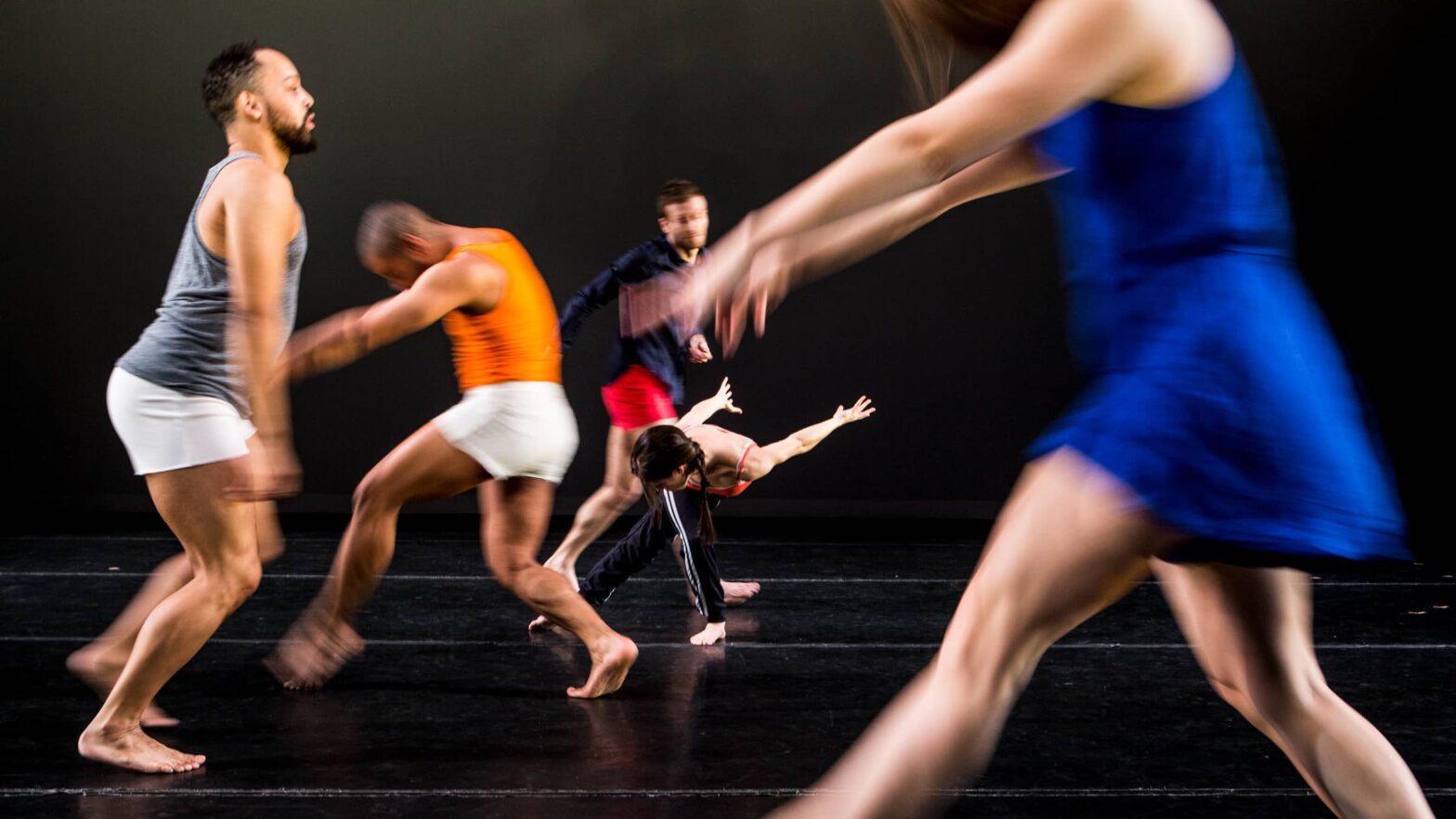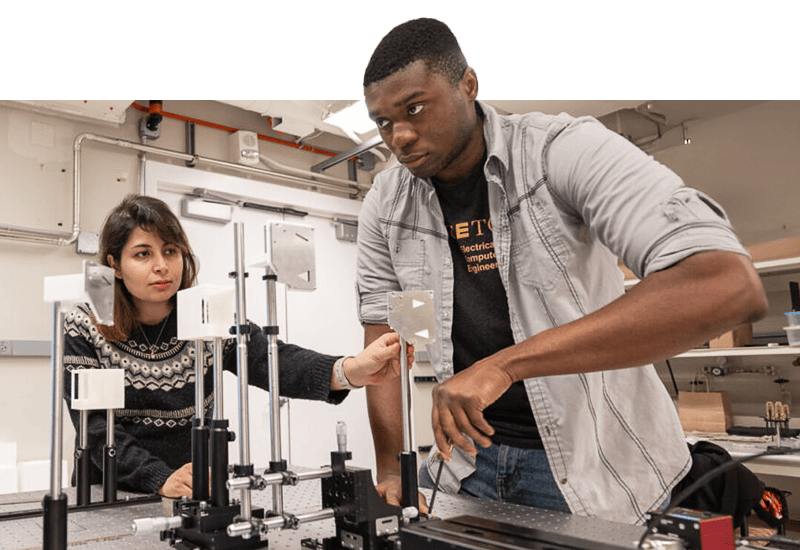
Data yields insight into beauty and power of collective movement
By
on

What does dance have to do with data?
Quite a lot, says Naomi Ehrich Leonard ’85, the Edwin S. Wilsey Professor of Mechanical and Aerospace Engineering.
Leonard studies the collective motion of groups such as dancers, starlings, or fish to better understand their decision making. Starling flocks, which swirl and twist like smoke, avoid predators and find food without direct communication between the birds. The group develops complex strategies and responds rapidly to external challenges.
“It’s fascinating, and it seems to produce the type of collective behavior that we seek to create when we design distributed strategies for robotic systems that have to perform in complex environments,” said Leonard. Examples of such complex environments include robotic exploration of the oceans or wide-scale environmental monitoring.
Leonard and her research team study how groups arrive at collective decisions and create models to evaluate various sets of rules that govern behavior. In the case of starling flocks, they found that consensus is most accurate and efficient when each starling adjusts its direction in response to observations of six or seven of its closest neighbors. Studying schools of fish, the group found that killifish exhibit coordinated oscillations in their motion and showed that this provides an advantage in how fast the fish come to a consensus.
“We combine the analysis of data with mathematical models to help us understand and predict behavior,” Leonard said. “We can use the models to ask further questions and systematically gain a better understanding of mechanisms that explain what is observed and what is possible in design.”
Dance also provides rich opportunities for studying and inspiring collective dynamics. Leonard recently collaborated on “There Might Be Others,” a dance work choreographed and directed by Rebecca Lazier, senior lecturer in the Program in Dance, with music composed by Dan Trueman *99, a professor of music.
In this work, which was performed in March at New York Live Arts in New York City, dancers make collaborative compositional choices in the moment.
Modeling and analysis not only help to understand collective decisions, they also provide insights into how to facilitate or influence the creative choices the artists make towards artistic goals.
“We explore the sensitivities of the group dynamics,” Leonard said. “What makes it work? What makes it interesting? What makes it beautiful?”







